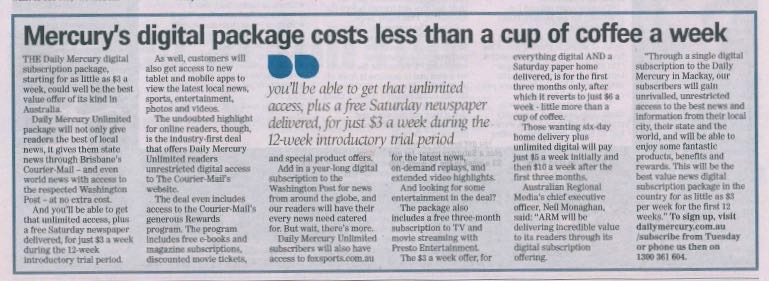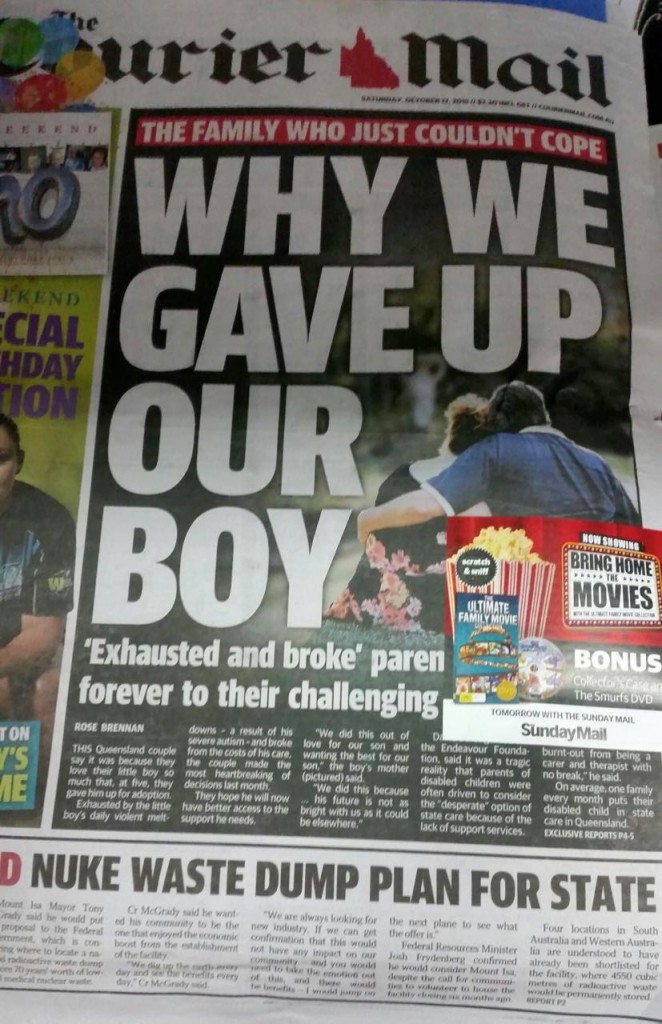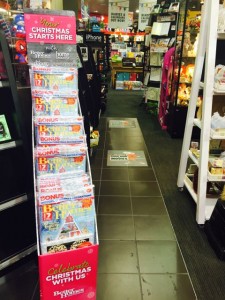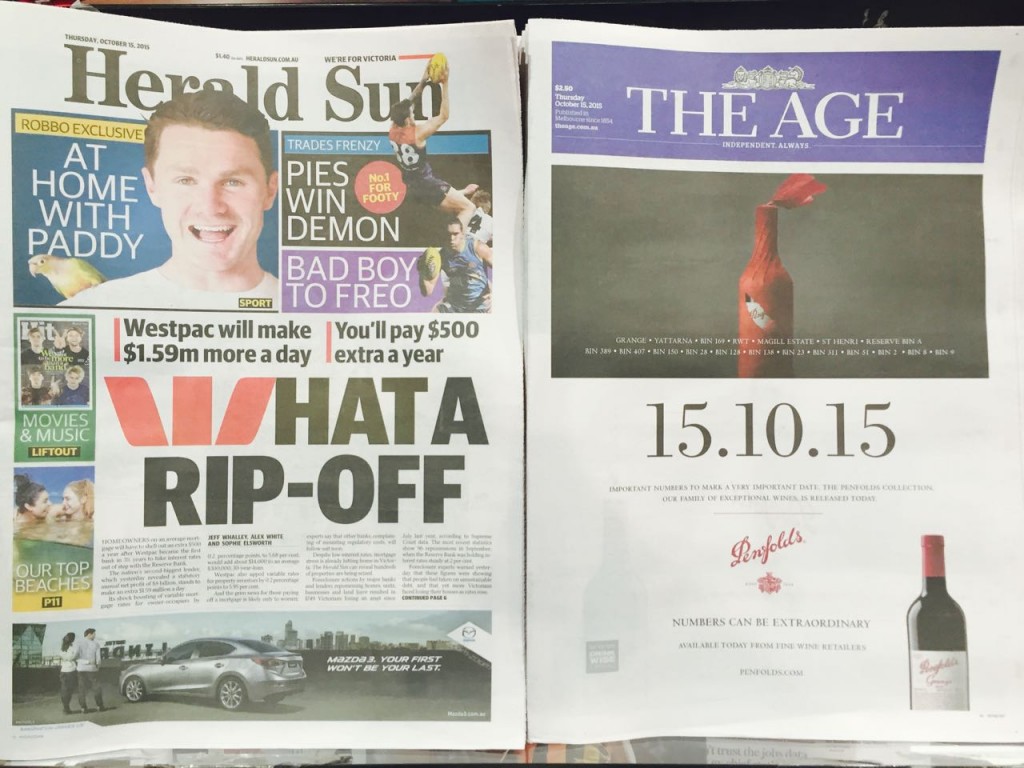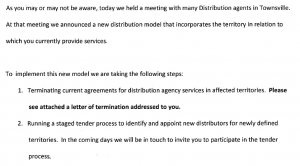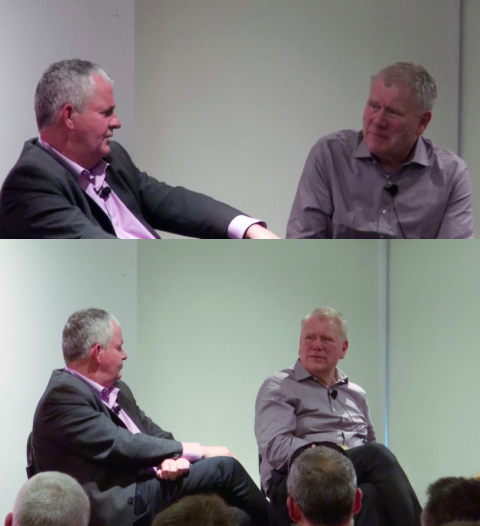 Newsagents at the newsXpress national conference in Sydney Monday got to spend an hour in a Q&A session with David Hogan, head of Gordon & Gotch.
Newsagents at the newsXpress national conference in Sydney Monday got to spend an hour in a Q&A session with David Hogan, head of Gordon & Gotch.
The planned thirty minute Q&A extended to an hour as David and newsagents talked through allocation processes, partworks, Gotch profitability, US title pricing, the damage of ignorant early returns and other topics.
Nothing was off limits and all questions were answered.
On early returns, one example was given where hundreds of newsagents did themselves out of guaranteed revenue because of early returns.
The conversation was interesting as it provided context to challenges around circulation such as with the partworks model where Gotch is as much a victim as newsagents when faced with a runaway success such as Art Therapy. I know many newsagents in the room were surprised by the lead time.
It was good to have a magazine discussion based on facts. For example, one newsagent wanted to know how to stop a magazine for more than a few months. David shared the answer. The newsagent wanted a guarantee to never get the title again. David explained why that is not ideal.
There was no yelling at each other, no anger – just a good professional discussion looking for mutual benefit.
There was a good discussion, too, about floorspace allocation for magazines in newsagencies and work being done by Gotch to drive efficiencies that should benefit newsagents.
With several newsXpress members engaged in the MPA trial there were some questions on that – with ensuing discussions helping more in the room understand what is happening.
What was fascinating was a discussion led by some newsagents into the type of magazines newsagents feel they could sell. This discussion flowed from comments about adult colouring books. With Mychelle Vandenburg, the Retail Sales and Group Marketing Director for Pacific Magazines, in the room, newsagents, the head of Gotch and a senior publisher representative had a terrific three-way discussion about ideas to help everyone benefit not only from this craze but to explore how similar crazes could be explored cooperatively. I found this discussion specifically valuable.
What happened at the conference is an example of what newsagency marketing groups can do outside what is usual for a marketing group.
I am grateful to have been a participant in this discussion.
With magazines continuing to be an important traffic driver for our channel, it is important we explore ways to transact with the category more profitably. Achieving that requires respectful and engaged publisher and distributor relationships.
Footnote: I reached out to David while he was overseas at a distribution conference and he accepted the invitation immediately. He arrived back in Australia on the weekend and was with us on Monday.
